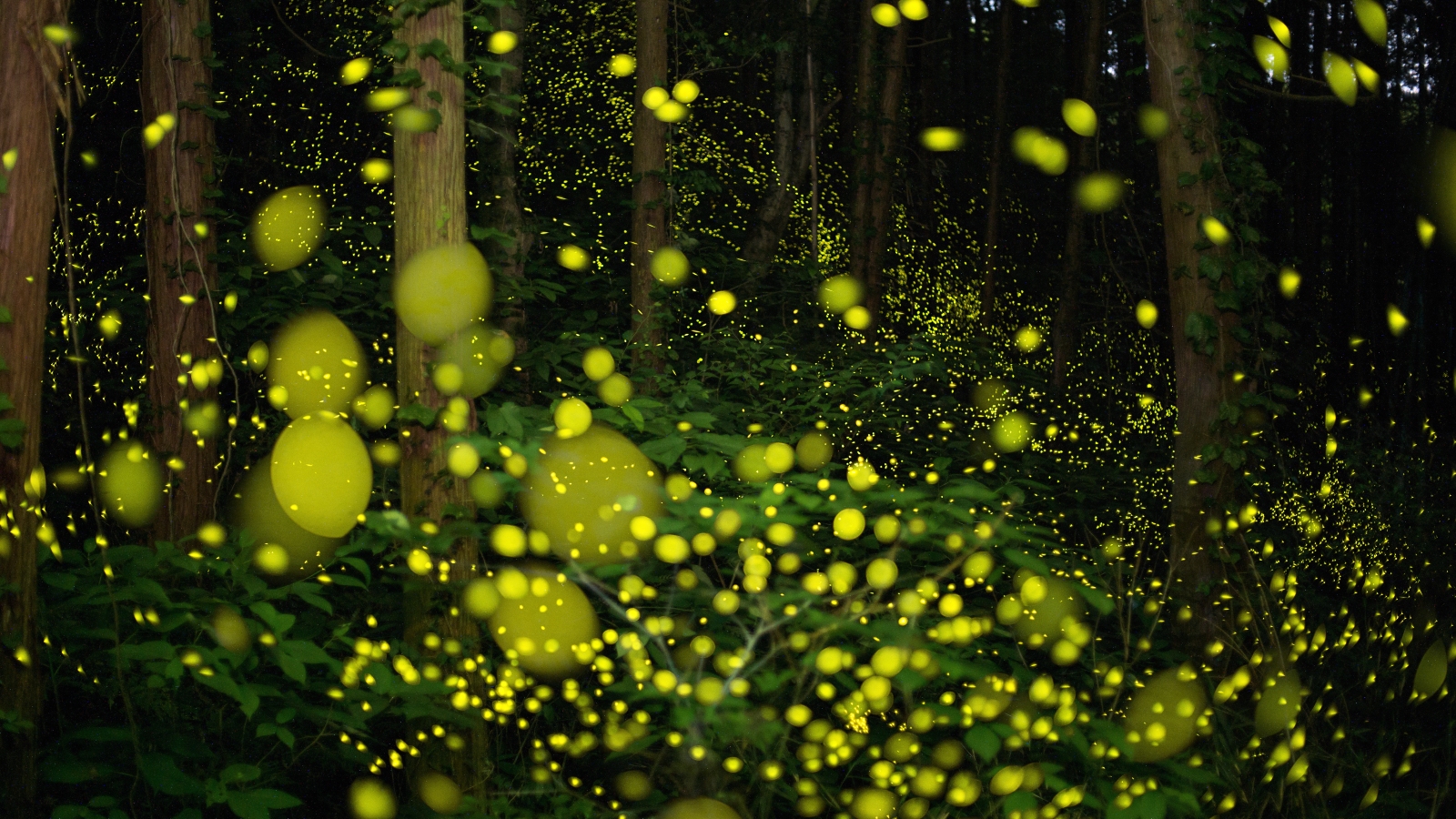James Webb telescope reveals rare, 'rotten egg' atmosphere around nearby hell planet
The James Webb Space Telescope revealed that the hot Jupiter exoplanet HD 189733 b, located just 64 light-years from Earth, has an atmosphere full of hydrogen sulfide, meaning it likely smells of rotten eggs.

A hellish "hot Jupiter" planet situated relatively close to Earth would likely smell like rotten eggs if we ever made the trip to visit it, new data from the James Webb Space Telescope (JWST) reveals.
HD 189733 b is a gas giant located around 64 light-years away in the Vulpecula constellation. It orbits extremely close to its home star — around 13 times closer than Mercury orbits the sun — and completes one orbit every two days. As a result, the exoplanet's surface can reach a scorching-hot 1,700 degrees Fahrenheit (925 degrees Celsius) — hot enough to melt certain types of rocks into magma.
Previous observations revealed that the exoplanet likely rains molten glass, which is probably blown sideways by winds that travel up to 500 mph (800 km/h) — around three times faster than a Category 5 hurricane on Earth.
In a new study, published July 8 in the journal Nature, researchers turned JWST toward HD 189733 b to learn more about the unique alien world. In addition to measuring the amount of carbon dioxide, oxygen, water and heavy metals in the exoplanet's atmosphere, the team discovered that it contained hydrogen sulfide — a toxic and flammable colorless gas given off by decaying organic matter and volcanoes on Earth, which smells like rotten eggs.
The researchers had previously suspected that hydrogen sulfide could be found on distant gas giants because the atmospheres of Jupiter and Uranus contain the same molecule. However, the gas has rarely been spotted outside of the solar system apart from trace amounts in the interstellar medium, or space between stars, researchers wrote in a statement.
The discovery of hydrogen sulfide on HD 189733 b is an important "stepping stone for finding this molecule on other planets and gaining more understanding of how different types of planets form," study lead author Guangwei Fu, an astrophysicist at Johns Hopkins University in Maryland, said in the statement.
Related: 35 jaw-dropping James Webb Space Telescope images
Get the world’s most fascinating discoveries delivered straight to your inbox.
The presence of hydrogen sulfide is important because it means the exoplanet contains sulfur, which is "a vital element for building more complex molecules," Fu said. Sulfur is also a key element for almost all lifeforms on Earth.
In this case, HD 189733 b is very unlikely to harbor extraterrestrial life because of its hellish temperature and weather conditions, Fu said. However, knowing it can be found on distant worlds outside the solar system could raise the possibility of a similar exoplanet sustaining some form of alien life.
The researchers are now planning to use JWST to study similar "hot Jupiters" to see if they too contain hydrogen sulfide.
JWST has revolutionized how scientists study exoplanets like HD 189733 b. The telescope's state-of-the-art instruments can detect different chemicals from across the cosmos, including greenhouse gases on solar system moons, water surrounding distant stars and carbon at the dawn of the universe.
Last year, the telescope spotted a similar molecule, known as dimethyl sulfide, in the skies of the ocean-covered exoplanet K2-18 b. This gas, which was previously only known to be created by living organisms in Earth's oceans, hinted that this alien world and others might be capable of harboring life. However, the presence of this molecule has yet to be confirmed by follow-up research.
Scientists also believe that if JWST were positioned on the other side of the Milky Way, it would be able to detect signs of life on Earth.

Harry is a U.K.-based senior staff writer at Live Science. He studied marine biology at the University of Exeter before training to become a journalist. He covers a wide range of topics including space exploration, planetary science, space weather, climate change, animal behavior and paleontology. His recent work on the solar maximum won "best space submission" at the 2024 Aerospace Media Awards and was shortlisted in the "top scoop" category at the NCTJ Awards for Excellence in 2023. He also writes Live Science's weekly Earth from space series.



